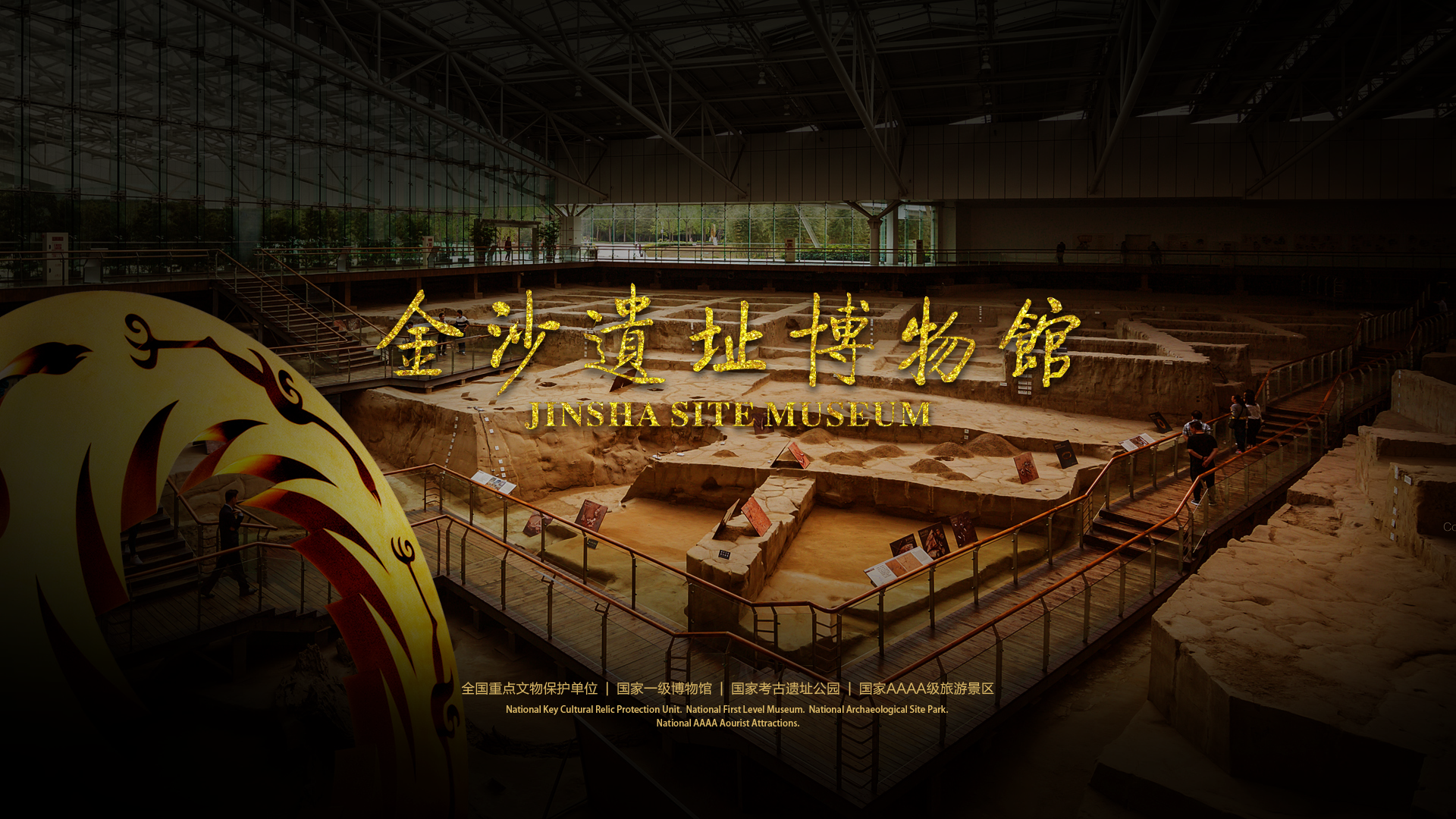The Academic Exchange Event "Accessibility to All: Inclusive Construction in the Display and Utilization of Archaeological Sites" Was Successfully Hel
Release Time: 2025-10-27
In the afternoon of October 27, the academic exchange event “Accessibility to All: Inclusive Construction in the Display and Utilization of Archaeological Sites” was successfully held in Chengdu Jinsha Site Museum.

Experts in museum science from both domestic and international institutions, scholars from the field of special education, and representatives from Chengdu’s cultural and museum institutions, including the Museum of Sichuan University, Sanxingdui Museum, Chengdu Museum, Chengdu Wuhou Shrine Museum, Chengdu Du Fu Thatched Cottage Museum, and Chengdu Natural History Museum (The Museum of Chengdu University of Technology), gathered to exchange and share information on the construction of museum accessibility and cultural service practice, and provide intellectual and cutting-edge theoretical support for the inclusive development of cultural and museum undertakings in Chengdu.
It is worth noting that the holding of this exchange event, coincided with the official release of the “China Museum Accessibility Construction Guide” on October 24 at the Second China Museum Science Conference. The release of this guide marks a new phase of standardization and systematization in China's museum accessibility construction, and also infuses this exchange event with profound industry background and contemporary significance.
The Event Gathers the Wisdom of Domestic and International Industry to Help Build Friendly Museums to All
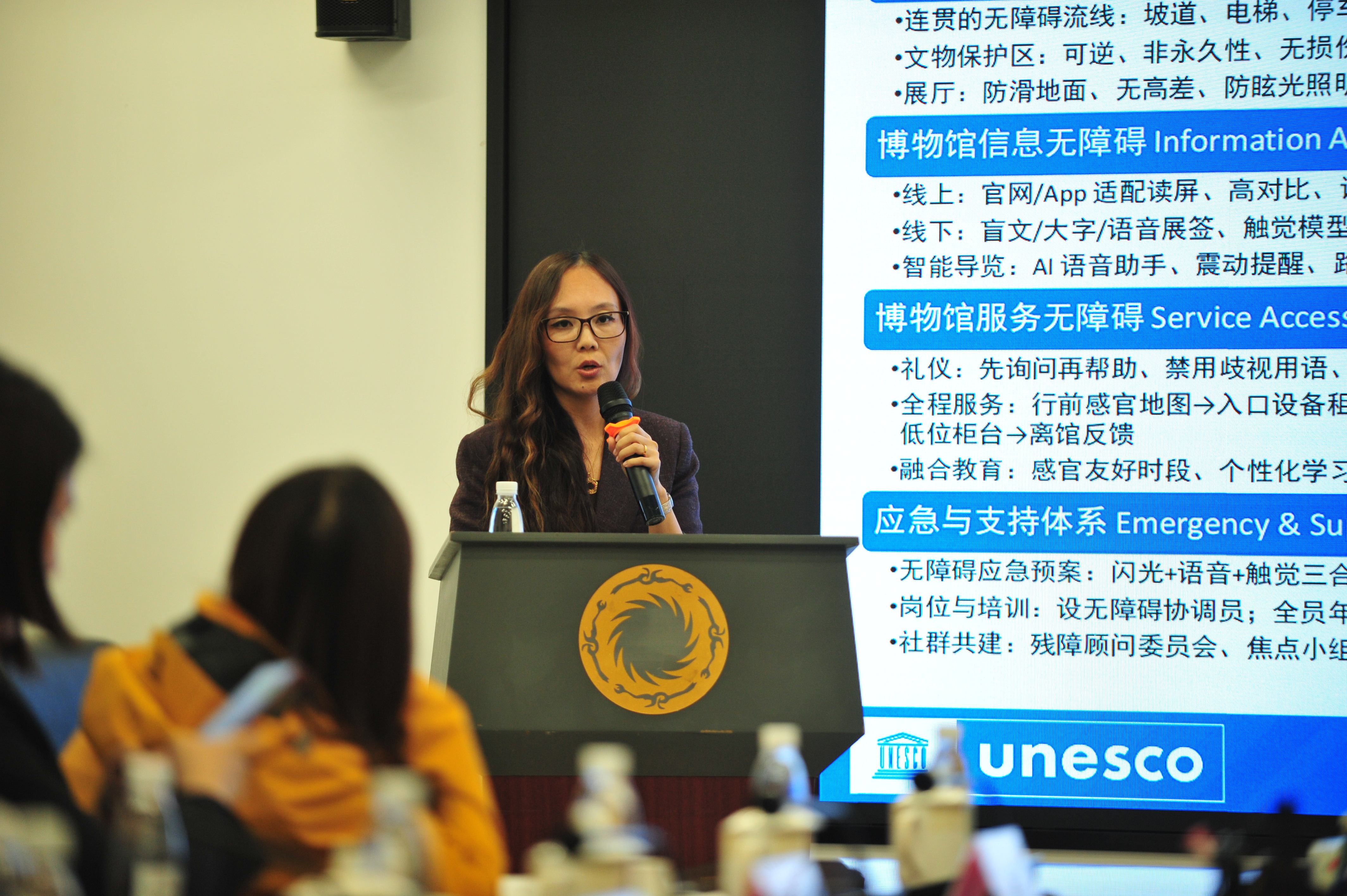
At the event, many experts and scholars from museums, universities, and international organizations at home and abroad shared cutting-edge ideas and practical cases. Danielle Schulz, Deputy Director of Lifelong Learning and Accessibility Department at the Denver Art Museum in the United States, thought that inclusive design in museums should be accessible to all members of society, and systematically introduced the methods and principles of inclusive design and accessibility construction. LIU Qingqing, a Ph.D. in Special Education and Master of Museum Education from George Washington University in the United States, explored more possibilities for inclusive construction in site museums through online connections, taking archaeological sites such as Pompeii as examples. ZENG Qingyi, a National Program Officer at the UNESCO Office in China, focused on the sustainable development of disability-inclusive practices in China, and shared the construction practices and future main cooperation directions of the "Building Barrier-Free Museums for Persons with Disabilities" project initiated by UNESCO in China.
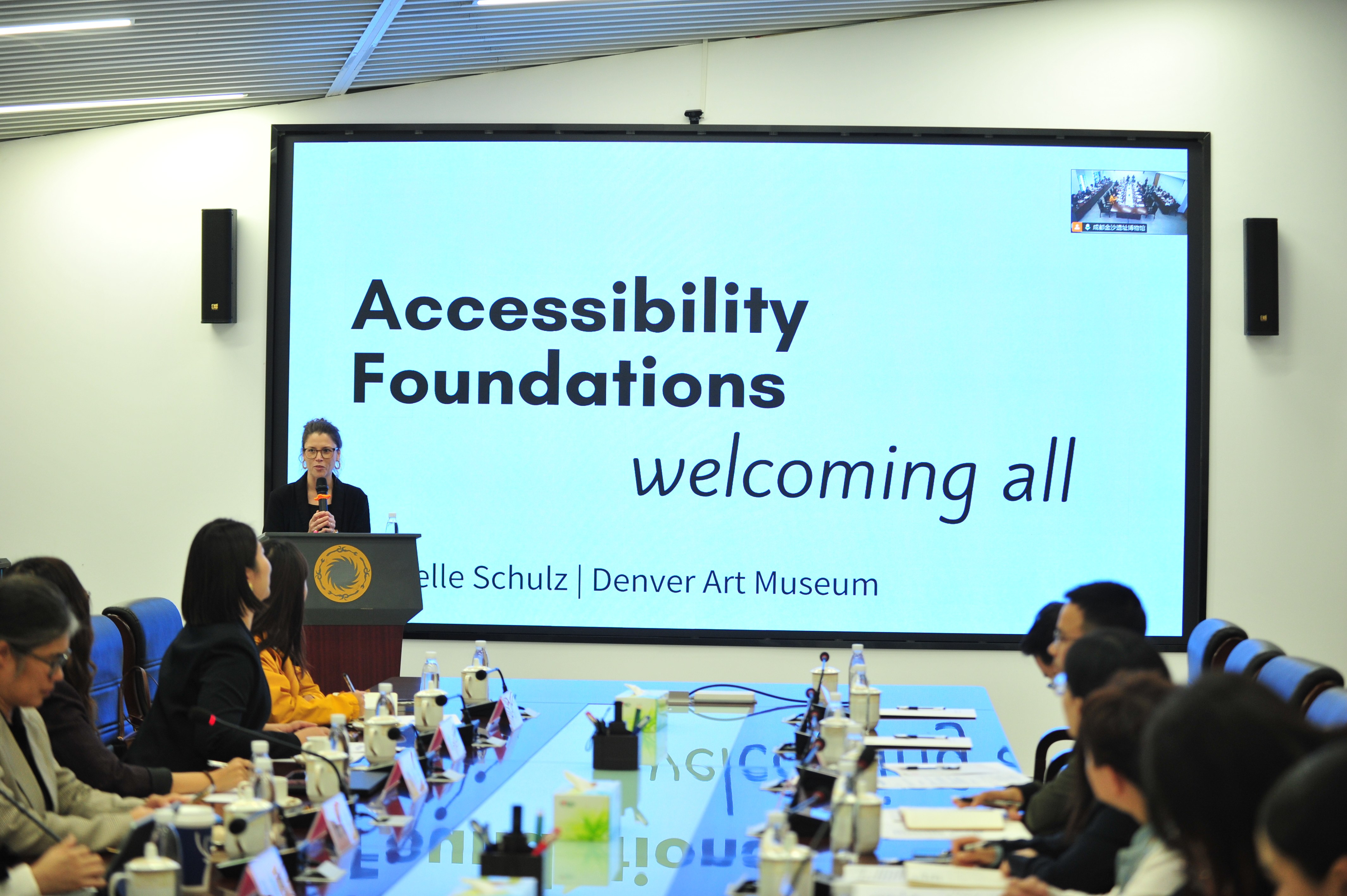
Furthermore, the Museum of Sichuan University and Jinsha Site Museum shared their accessibility strategies and service innovations during the event, showcasing Chengdu's cultural institutions' deep expertise and breakthroughs in this field. ZHOU Jing, Deputy Director of the Museum of Sichuan University, introduced the museum's innovative practice of creating a "Brain-friendly museum," emphasizing that museums will not only focus on traditional accessibility facilities, but also pay attention to applying the principles of neuroscience to service design to optimize the audience experience. ZHENG Manli, , further proposed the optimization strategy of Jinsha Site Museum with spatial accessibility, information accessibility and service accessibility based on Jinsha's efforts in Accessibility Construction for many years.
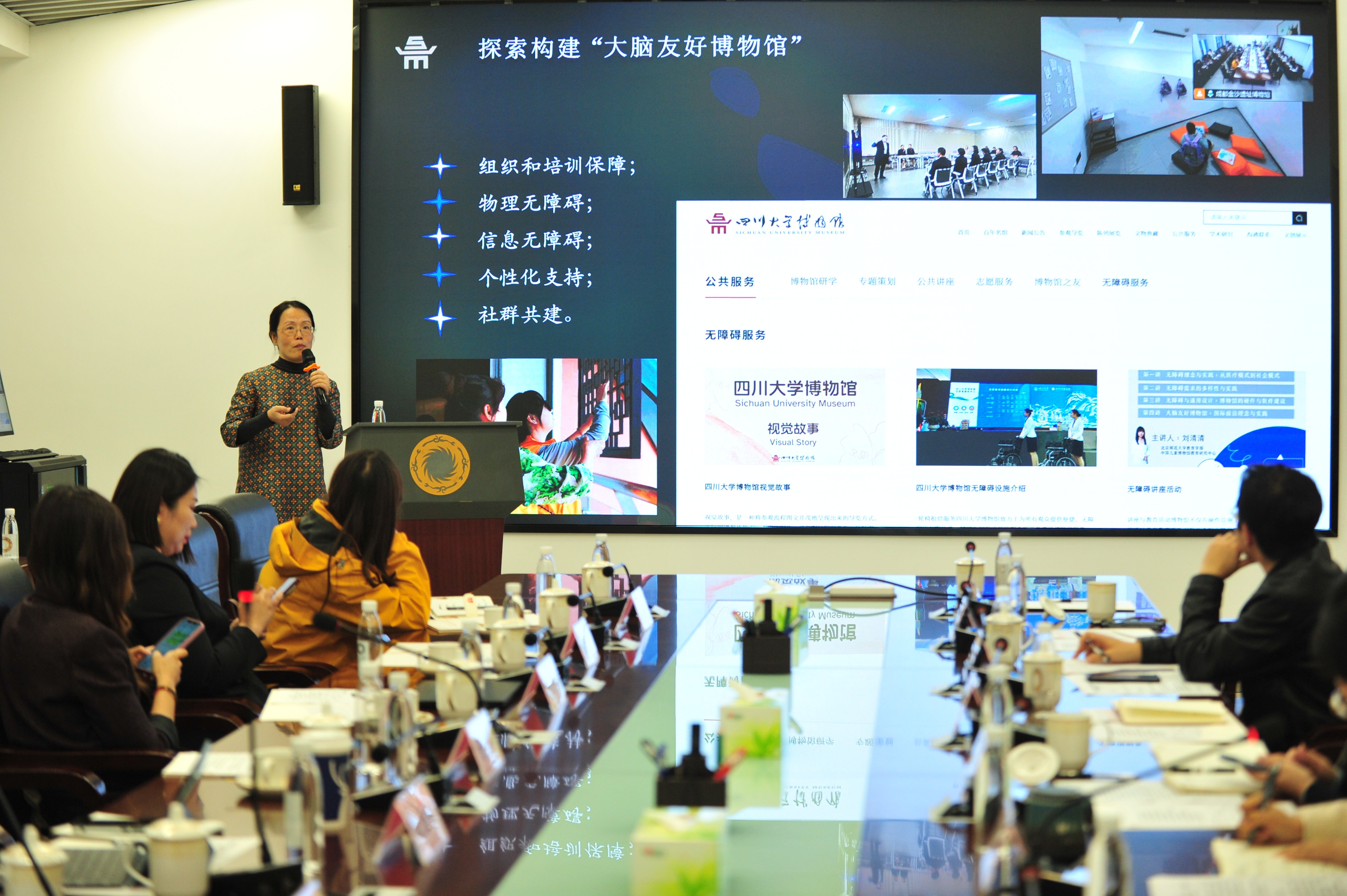

The Vivid Practice of Jinsha Site Has Built an Unimpeded Bridge for Spreading Ancient Shu Civilization.
Jinsha Site Museum has always adhered to the service concept of "People Foremost", and has gradually built a three-dimensional public service system of "facilities guarantee, service innovation and information flow", and is committed to enabling special audiences to enjoy equal and high-quality cultural services.
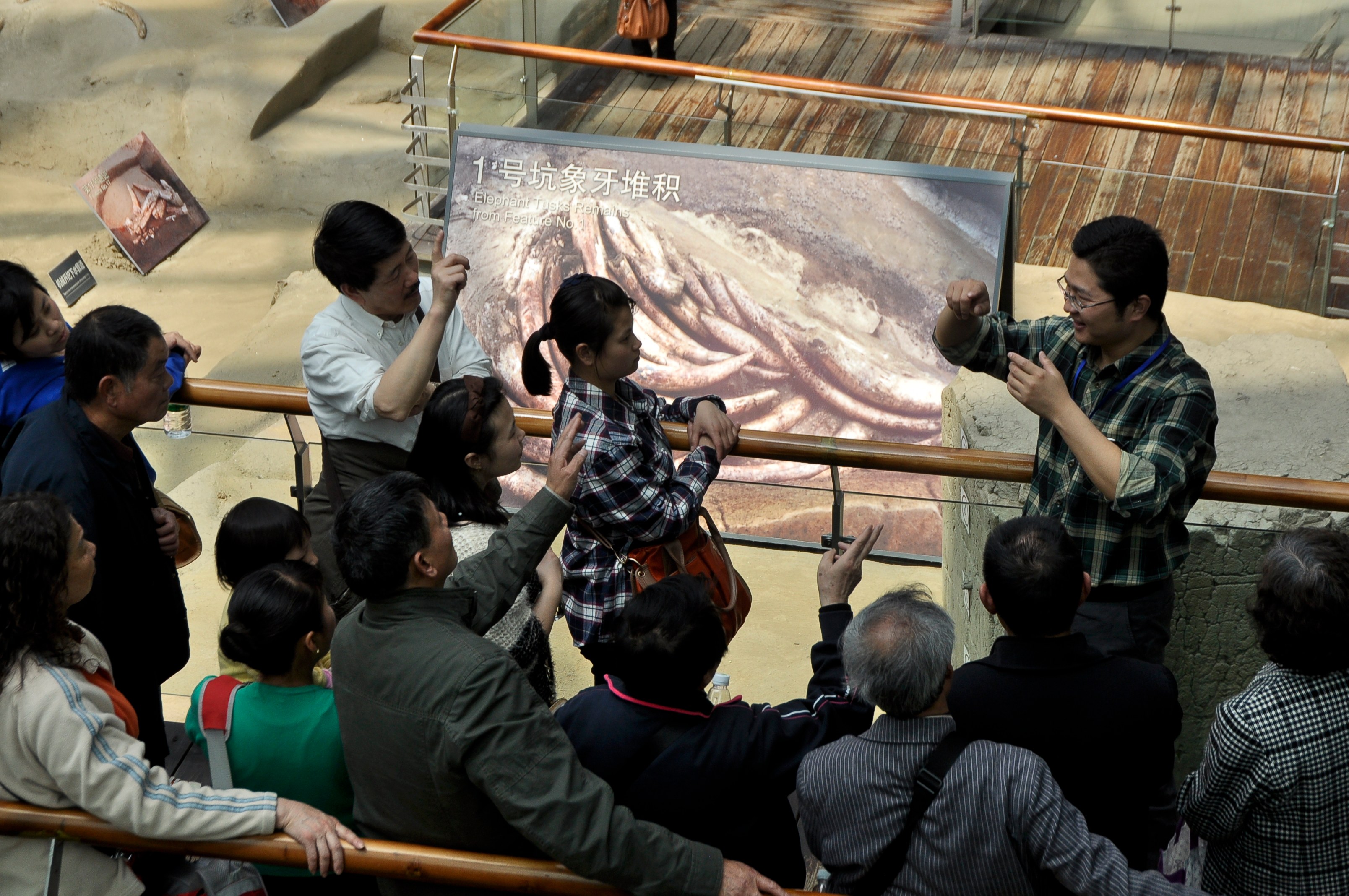

The barrier-free access, elevators equipped with Braille and free wheelchair access in the museum make it unobstructed for visitors with disabilities. Since 2011, it has trained professional sign language interpreters to provide on-site interpretation for hearing-impaired visitors, while also launching online sign language guides and VR virtual exhibitions.


Meanwhile, Jinsha Site Museum has actively promoted the practice exploration of information accessibility. On the one hand, it has been collaborating with Chengdu Special Education School to jointly develop the series of courses of "Touch Jinsha, Feel Jinsha, Experience Jinsha" since 2017. Through customized teaching aids and personalized study tours, the courses help visually and hearing-impaired students understand ancient Shu civilization through multi-sensory experiences, and have been awarded the "Excellent Teaching Design" prize in the China Museum Youth Education Course. Over the past nine years, the museum has visited the special school more than 80 times, developed over 30 courses, and produced hundreds of cultural relics teaching aids covering various types such as bronze ware, jade ware, and pottery.

On the other hand, the museum has also set up a volunteer team for accessibility to implement public welfare project of "Love Without Barriers, Sharing Jinsha". In addition, special activities such as National Day of Assistance for the Disabled and sign language interpretation competition were held to promote the deepening of accessibility cultural services and the extensive dissemination of Jinsha culture. Up to now, it has served more than 30,000 special groups such as visually impaired, hearing impaired and autistic children.
The hosting of this academic exchange event not only established a platform for the exchange of accessibility construction experiences at home and abroad, but also vividly demonstrated the implementation of the ideas of the “China Museum Accessibility Construction Guide” in Chengdu. In the future, Jinsha Site Museum will continue to improve the service level of accessibility museum visits, from the accessibility integration of physical spaces to the precise provision of cultural services, making Jinsha a cultural home shared by all.


